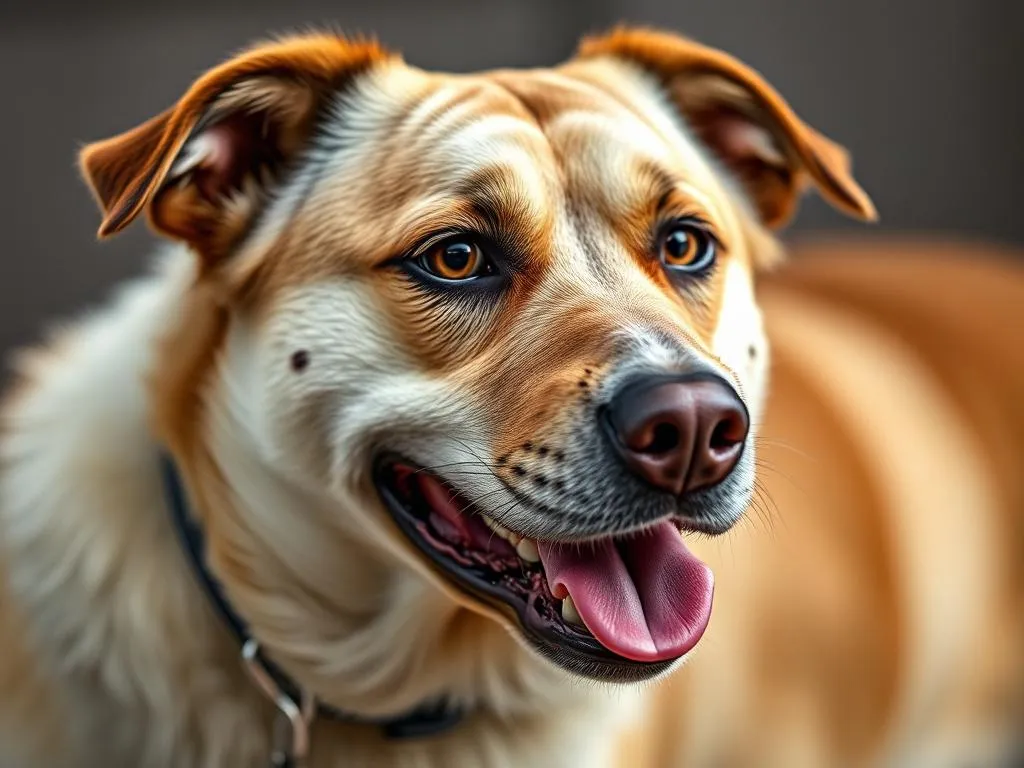
Introduction
Obsessive-Compulsive Disorder (OCD) in dogs is a behavioral condition that manifests through repetitive, compulsive actions. This can include behaviors such as excessive licking, tail chasing, or even obsessive digging. Dogs suffering from OCD often display these behaviors consistently, leading to distress and a significant impact on their quality of life.
Understanding dog breeds prone to OCD is essential for potential dog owners. Certain breeds are genetically predisposed to this disorder, and recognizing these tendencies can help owners make informed decisions about their pet’s needs and care.
Overview of Dog Breeds
Understanding Dog Breeds
The history of dog breeds dates back thousands of years, with selective breeding shaping their physical characteristics and temperaments. Today, dogs are classified into various groups based on their intended functions, such as herding, working, sporting, and companion breeds. Genetics play a crucial role in determining behavior and temperament, which can influence the likelihood of developing OCD.
Factors Influencing Dog Behavior
While genetics are significant, several other factors influence a dog’s behavior. The environment in which a dog is raised, including exposure to different stimuli and socialization experiences, plays a vital role in shaping behavior. Moreover, the inherent characteristics of certain breeds can predispose them to specific behaviors that may lead to compulsive tendencies.
What is OCD in Dogs?
Symptoms of OCD in Dogs
Recognizing the symptoms of OCD in dogs is crucial for early intervention. Common behaviors that indicate OCD include:
- Excessive licking of body parts
- Tail chasing or spinning
- Repetitive barking or howling
- Obsessive digging or chewing
- Pacing or circling
It’s important to differentiate between normal behaviors and compulsive actions. For instance, while many dogs may occasionally lick their paws, excessive licking to the point of causing sores is a sign of OCD.
Causes of OCD in Dogs
OCD in dogs can result from a combination of genetic predisposition and environmental factors. Some of the primary causes include:
- Genetic Predisposition: Certain breeds are more likely to develop OCD due to their genetic makeup.
- Environmental Factors: Stressful environments, lack of mental stimulation, or insufficient physical activity can contribute to the development of compulsive behaviors.
- Training and Socialization: Inadequate training and socialization during a puppy’s critical development stages can lead to anxiety and compulsive behaviors later in life.
Dog Breeds Prone to OCD
List of Breeds Prone to OCD
Certain dog breeds are more prone to OCD due to their genetics and temperament. Here are some of the notable breeds that exhibit OCD tendencies:
-
Border Collies: Known for their intelligence and high energy, these dogs often require significant mental stimulation. Without it, they may develop compulsive behaviors such as chasing shadows or excessive herding.
-
German Shepherds: This breed is highly trainable and intelligent. However, their strong work ethic can lead to OCD if they lack the proper activities to channel their energy.
-
Cocker Spaniels: Cocker Spaniels are affectionate and eager to please. Unfortunately, they can develop compulsive grooming behaviors, particularly if they are bored or anxious.
-
Labrador Retrievers: Labradors are friendly and exuberant dogs. Their high energy levels make them prone to OCD behaviors, especially if they don’t receive sufficient exercise and mental stimulation.
-
Jack Russell Terriers: Known for their boundless energy, Jack Russells can become fixated on specific activities, such as digging or chasing, leading to compulsive behaviors.
Characteristics of These Breeds
Each breed has unique temperament traits that may contribute to their OCD tendencies. For example:
-
High Energy Levels: Breeds like Border Collies and Labradors require ample physical and mental stimulation. Without appropriate outlets for their energy, they may turn to compulsive behaviors.
-
Intelligence: Breeds such as German Shepherds and Border Collies are highly intelligent, which can lead to boredom if not appropriately engaged. This boredom can manifest as OCD.
-
Sensitivity: Breeds like Cocker Spaniels are known for their affectionate nature, making them susceptible to anxiety. Stress can trigger compulsive behaviors in sensitive dogs.
Recognizing and Diagnosing OCD in Dogs
Signs to Look For
Identifying OCD in dogs requires careful observation of their behaviors. Look for patterns such as:
- Repetitive actions that interfere with normal activities
- Signs of distress or anxiety when unable to perform the compulsive behavior
- Physical harm resulting from compulsive behaviors (such as sores from excessive licking)
If you notice these signs, it may be time to consult a veterinarian.
Veterinary Diagnosis
Veterinarians assess and diagnose OCD through a combination of behavioral history, physical examinations, and ruling out other medical issues. It is crucial to differentiate between OCD and other conditions that may cause similar symptoms, such as allergies or skin conditions.
Treatment and Management of OCD in Dogs
Behavior Modification Techniques
Managing OCD in dogs often involves a combination of behavior modification techniques. These can include:
-
Positive Reinforcement Training: Encouraging alternative behaviors through rewards can help redirect compulsive actions. For example, if a dog is fixated on licking, rewarding them for engaging in a different activity can help.
-
Consistency and Routine: Establishing a consistent daily routine can help reduce anxiety and provide structure, minimizing the likelihood of compulsive behaviors.
Medical Treatments
In some cases, veterinarians may prescribe medications to help manage OCD symptoms. These may include:
- Antidepressants: Certain medications can help regulate the dog’s mood and reduce anxiety, decreasing compulsive behaviors.
- Behavioral Specialists: Collaborating with a veterinary behavioral specialist can provide tailored treatment plans for dogs with OCD.
Creating an Enriching Environment
Enriching a dog’s environment can significantly reduce OCD symptoms. Some suggestions include:
-
Regular Exercise: Ensuring your dog receives sufficient physical activity is crucial. Daily walks, play sessions, and engaging activities can help channel their energy effectively.
-
Mental Stimulation: Providing puzzle toys, interactive games, and training exercises can keep a dog’s mind engaged, reducing the likelihood of developing OCD behaviors.
-
Socialization Opportunities: Regular socialization with other dogs and people can help alleviate anxiety and provide valuable experiences that promote healthy behavior.
Preventing OCD in Prone Breeds
Choosing the Right Breed
When selecting a dog breed, it’s essential to consider their predisposition to OCD. Breeds known for exhibiting compulsive behaviors may require more careful consideration regarding their care and training needs.
Early Socialization and Training
Early socialization and training can significantly impact a dog’s behavioral development. Starting training at a young age and exposing them to various environments, people, and experiences can help minimize anxiety and prevent OCD.
Maintaining a Healthy Lifestyle
A healthy lifestyle, including a balanced diet, regular exercise, and a structured routine, plays a critical role in preventing OCD. Ensuring your dog receives proper nutrition and maintains a healthy weight can also contribute to their overall well-being, reducing stress and anxiety levels.
Conclusion
Understanding the relationship between dog breeds prone to OCD and their behaviors is essential for responsible dog ownership. By recognizing the symptoms, knowing which breeds are at risk, and providing appropriate care, owners can significantly improve their dog’s quality of life.
Being proactive in training, socialization, and creating an enriching environment will help mitigate the risk of OCD, ensuring that your furry companion remains happy and healthy.









